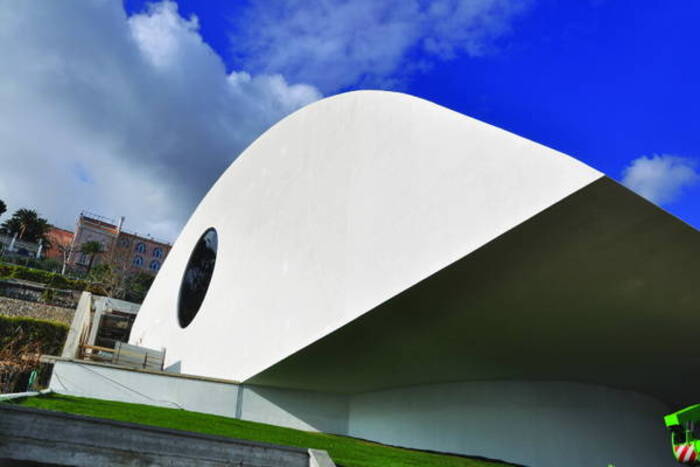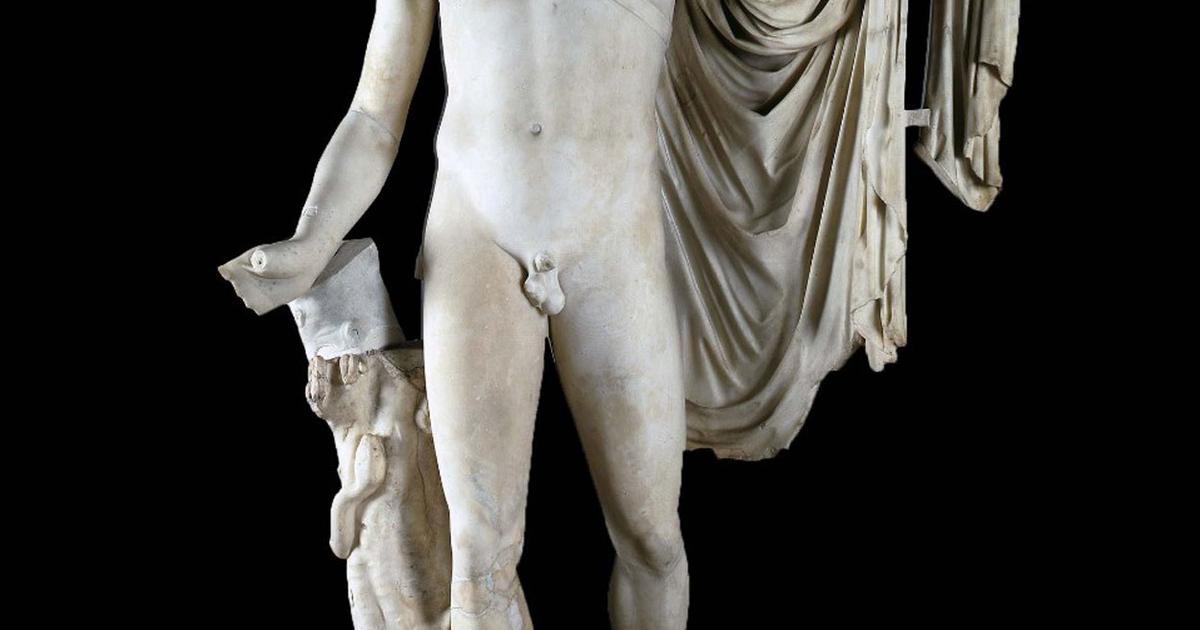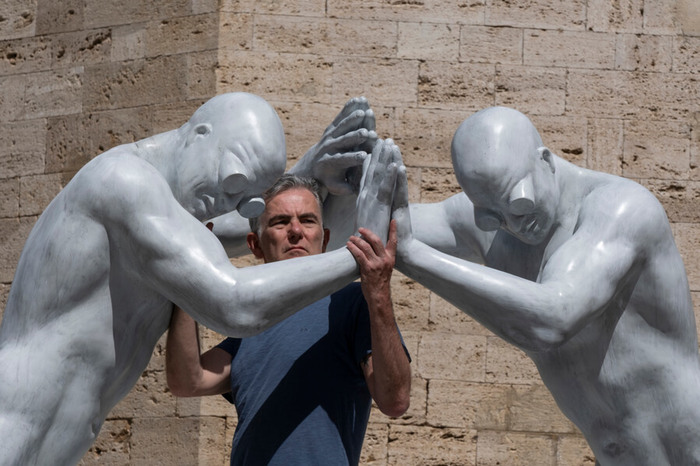When he died on December 5, 2012, Oscar Niemeyer had 25 projects underway.
Not bad for a man of energy and ideas who would have turned 105 ten days later.
This detail would be enough to explain how full the personal and professional life of one of the great masters of world architecture was.
Brazilian, convinced communist, forced into exile in Europe during the years of military dictatorship in his country, in close relations with Le Corbusier who he considered his teacher, Niemeyer was convinced that architecture does not change things but contributes to change.
At home he signed works entered in the history books of design and in the heritage of humanity, from the invention of Brasilia with his master Lùcio Costa to institutional buildings, cathedrals and churches, museums, libraries,
party headquarters, public and private residences.
Involved with other colleagues in the creation of the United Nations Headquarters in New York, he has signed masterpieces abroad that have made school.
In Italy, among his best known interventions, he created the headquarters of the Mondadori Editore in Segrate and the auditorium in Ravello.
Walter Gropius one day pointed out to him that he had built a beautiful house but impossible to industrialize, but the observation of the founder of the Bauhaus, rather than a criticism, had captured Nemeyier's guiding principle: the non-reproducibility of his work, the banishment repetitiveness, each job shouldn't look like another.
foreign masterpieces that have made school.
In Italy, among his best known interventions, he created the headquarters of the Mondadori Editore in Segrate and the auditorium in Ravello.
Walter Gropius one day pointed out to him that he had built a beautiful house but impossible to industrialize, but the observation of the founder of the Bauhaus, rather than a criticism, had captured Nemeyier's guiding principle: the non-reproducibility of his work, the banishment repetitiveness, each job shouldn't look like another.
foreign masterpieces that have made school.
In Italy, among his best known interventions, he created the headquarters of the Mondadori Editore in Segrate and the auditorium in Ravello.
Walter Gropius one day pointed out to him that he had built a beautiful house but impossible to industrialize, but the observation of the founder of the Bauhaus, rather than a criticism, had captured Nemeyier's guiding principle: the non-reproducibility of his work, the banishment repetitiveness, each job shouldn't look like another.
The brilliant "sculptor of monuments", born in Rio de Janeiro in 1907, is now outlined in the digital monograph in six languages "Oscar Niemeyer's footprint in Brazil", on which Stefano Marchi worked by interviewing three great colleagues who known, Massimiliano Fuksas, Jacques Gourvénec and Eduardo Souto de Moura.
The publication, with a rich array of photos, is published by TÀ POLITIKÁ on the occasion of the 10th anniversary of Nemeyer's death, and is available from 3 December on the website www.tapolitika.com, where it can be read, downloaded and printed for free.
The stories collected by the Italian journalist return the profile of a man anchored to his habits.
He worked mostly in the morning, reserving the afternoon for meeting friends, chatting at the bar, singing, smoking a cigar.
He thought up a project, wrote it on paper and then let his collaborators take care of the fine-tuning.
It was this way of his that fascinated Fuksas.
''My dream-says the Italian architect-would be to do like him: pass some drawings to someone capable and passionate to make them, to build". His buildings had the ability to" enter into symbiosis with the landscape.
Niemeyer succeeded in transforming matter itself into landscape".
Jacques Gourvénec, a French architect who worked extensively with him in his studio in Rio de Janeiro, highlights Niemeyer's great freedom in the use of reinforced concrete and curves.
He was able to transform clients into patrons, he was an expensive architect but the economic aspect didn't interest him, he only counted on the result;
at the same time he was careful not to ask for compensation in the case of work in the favelas.
"He did things to unite people-observes -Gourvénec-. It can be said that his was an architecture of benevolence. He also took into account the smallest detail so that people felt comfortable in his buildings".
The Portuguese Eduardo Souto de Moura, winner of the Pritzker Prize in 2012, equivalent to the Nobel Prize for Architecture, credits Niemeyer with having brought the Modern Movement to Latin America as it was conceived, but not realised, in Europe between the two wars.
"I think he's a genius and can't be copied. There are people who haven't understood his political, social and artistic message, and copying makes a mess".









